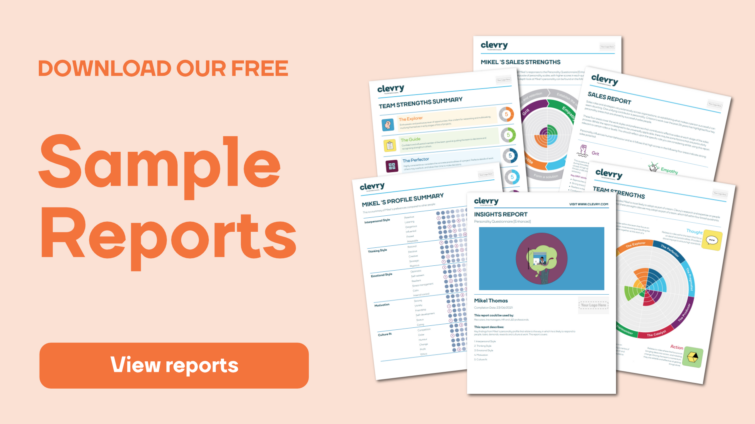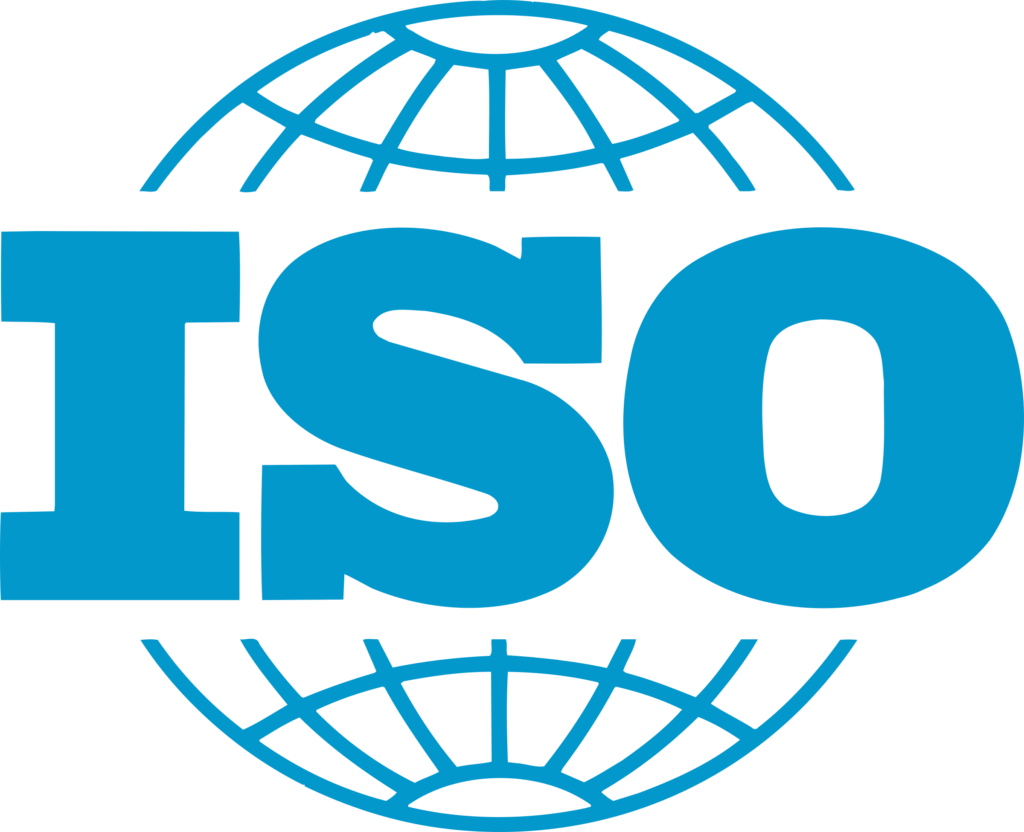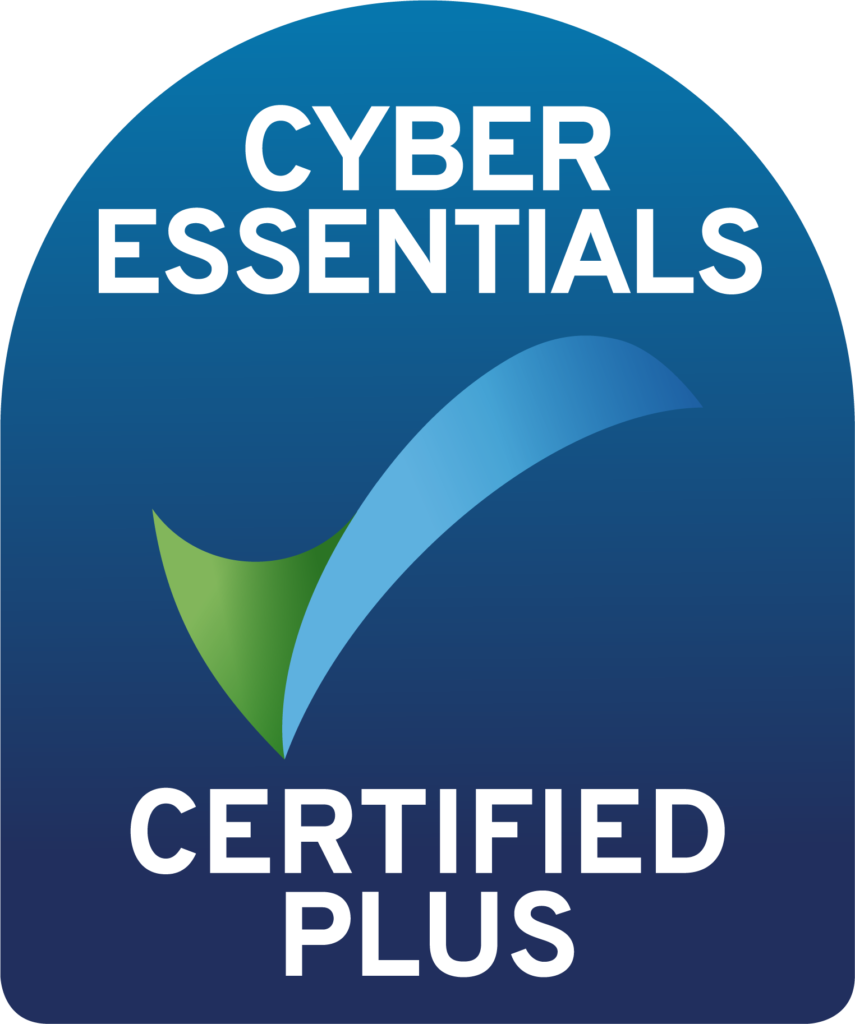In today’s digital age, user experience (UX) has become a key part in driving the success of any digital product or service. Whether it’s a website, a mobile app, or even a physical product with digital components, the way users interact with it can make or break its popularity and profitability. This is why hiring the right UX designer is crucial for businesses looking to create intuitive and engaging experiences for their customers.
But with the growing demand for UX designers, how do you ensure you’re making the best hiring decisions? In this guide, we’ll explore the key steps to hiring a UX designer effectively.
What is a UX Designer?
A UX (User Experience) designer is a professional responsible for creating digital experiences that are intuitive, efficient, and enjoyable for users. They focus on understanding user needs, behaviours, and motivations to design interfaces and interactions that meet those needs effectively.
UX designers work across various digital platforms, including websites, mobile apps, software applications, and even physical products with digital components. This may include;
- Research and analysis: UX designers conduct user research to understand the target audience and their preferences, behaviours, and pain points. They analyse data to uncover insights that inform the design process. For example, a UX designer for an e-commerce platform might conduct usability testing to identify areas where users struggle to complete transactions.
- Wireframing and prototyping: Based on their research, UX designers create wireframes and prototypes to visualise the layout and functionality of a digital product. Wireframes are simple, low-fidelity sketches that outline the structure of a page or interface, while prototypes are interactive mockups that simulate the user experience. For instance, a UX designer for a mobile app might create wireframes to outline the navigation flow and prototype to demonstrate how users interact with different features.
- UI (User Interface) design: While UX design focuses on the overall user experience, UI design deals with the visual and interactive elements of a digital product. UX designers collaborate with UI designers to create visually appealing interfaces that are consistent with the brand identity and easy to navigate. For example, a UX/UI designer for a social media platform might design the layout, colour scheme, and typography of the app to ensure a cohesive user experience.
- Usability testing and iteration: Once a design is implemented, UX designers conduct usability testing to gather feedback from real users and identify areas for improvement. They use this feedback to iterate on the design and make refinements that enhance the user experience. For instance, a UX designer for a web-based productivity tool might observe how users interact with the interface and make adjustments to streamline workflows and improve efficiency.
- Accessibility and inclusivity: UX designers are responsible for ensuring that digital products are accessible to users of all abilities. They consider factors such as screen reader compatibility, keyboard navigation, and colour contrast to make sure that everyone can use the product effectively. For example, a UX designer for a healthcare app might prioritise accessibility features to accommodate users with visual impairments or motor disabilities.
How to hire a UX Designer: 10 key considerations
1. Understanding the role of your UX Designers
Before diving into the hiring process, it’s essential to have a clear understanding of what a UX designer does and what they will be doing within your company. UX designers are responsible for creating seamless and enjoyable experiences for users when interacting with digital products. They focus on aspects such as usability, accessibility, and overall user satisfaction. A great UX designer possesses a blend of creativity, empathy, and technical skills to design interfaces that meet both user needs and business goals.
2. Defining your requirements
The first step in hiring a UX designer is to define your specific needs and requirements. Are you looking for someone with experience in a particular industry or niche? Do you need a designer who specialises in mobile app design, web design, or both? Consider the scope of the project and the skill set required to fulfil it. Additionally, think about the cultural fit within your organisation. A candidate may have the right skills, but if they don’t align with your company values and culture, it could lead to conflicts down the line.
3. Evaluating skills and cognitive ability
While a candidate’s resume and portfolio can provide valuable insights into their past work experience, it’s essential to dig deeper to assess their skills and abilities accurately. One way to do this is by using psychometric assessments tailored to the UX design field. These assessments can help evaluate a candidate’s problem-solving abilities, creativity, attention to detail, and communication skills. By using psychometric assessments, you can make more informed hiring decisions based on data rather than rely on gut feeling alone.
4. Reviewing their portfolio
A candidate’s portfolio is maybe one of the most critical aspects of their application. It provides tangible evidence of their skills, creativity, and design process. When reviewing a UX designer’s portfolio, look for projects that demonstrate their ability to solve complex problems, create intuitive interfaces, and prioritise user needs. Pay attention to the diversity of their work and how they’ve tackled different design challenges. Additionally, ask questions about their design process and decision-making to gain insights into their approach to UX design.
5. Assessing cultural fit
Cultural fit is often overlooked but is crucial for long-term success within an organisation. A candidate may have all the right skills, but if they don’t integrate well with your organisational culture, they may struggle to thrive in their role. During the interview process, assess whether the candidate shares your company’s values, work ethic, and communication style. Consider how well they would collaborate with other team members and adapt to your organisation’s dynamics.
6. Evaluating technological aptitude
In addition to design skills, a UX designer should have a solid understanding of the technological aspects of their work. They should be familiar with prototyping tools, design software, and development processes. Assess the candidate’s technological aptitude by asking about their experience with various tools and technologies relevant to UX design. Look for candidates who are eager to stay updated on the latest trends and advancements in the field.
7. Conducting interviews
Once you’ve narrowed down your pool of candidates, it’s time to conduct interviews to further assess their suitability for the role. Prepare a set of structured interview questions that cover both technical and behavioural aspects of their role. Ask about specific projects in their portfolio, their design process, and how they handle challenges and feedback. Use behavioural questions to gauge their problem-solving abilities, collaboration skills, and adaptability.
8. Offering a trial project
In some cases, it may be beneficial to offer a trial project to finalists before making a final hiring decision. A trial project allows you to assess a candidate’s skills and capabilities in a real-world scenario. Provide clear guidelines and objectives for the project, and give the candidate an opportunity to showcase their creativity and problem-solving abilities. This can help you make a more informed decision and ensure that the candidate is the right fit for the role. Remember to compensate candidates fairly for taking their time to do this.
9. Making the offer
Once you’ve identified the ideal candidate, it’s time to make them an offer. Be transparent about the terms of employment, including salary, benefits, and any other relevant details. Highlight the opportunities for growth and development within your organisation, and emphasise why you believe they’re the best fit for the role. Give the candidate time to consider the offer, and be open to negotiating terms if necessary.
10. Onboarding and integration
Once the offer has been accepted, focus on ensuring a smooth onboarding process for the new hire. Provide them with the necessary resources, training, and support to hit the ground running in their new role. Introduce them to their team members and key stakeholders, and clarify their responsibilities and expectations. Encourage open communication and feedback from the outset to foster a positive working relationship.
To conclude, hiring a UX designer requires careful planning, assessment, and evaluation. By following these steps and leveraging tools such as psychometric assessments, portfolio reviews, and structured interviews, you can make more informed hiring decisions and find the right candidate for your organisation. Remember to prioritise cultural fit, technological aptitude, and problem-solving abilities, and invest in the growth and development of your UX design team for long-term success.
Please do reach out if you have any questions or need more information about hiring, sourcing and recruitment. After more than 30 years in the industry, we ‘re quite good at it, you know.



